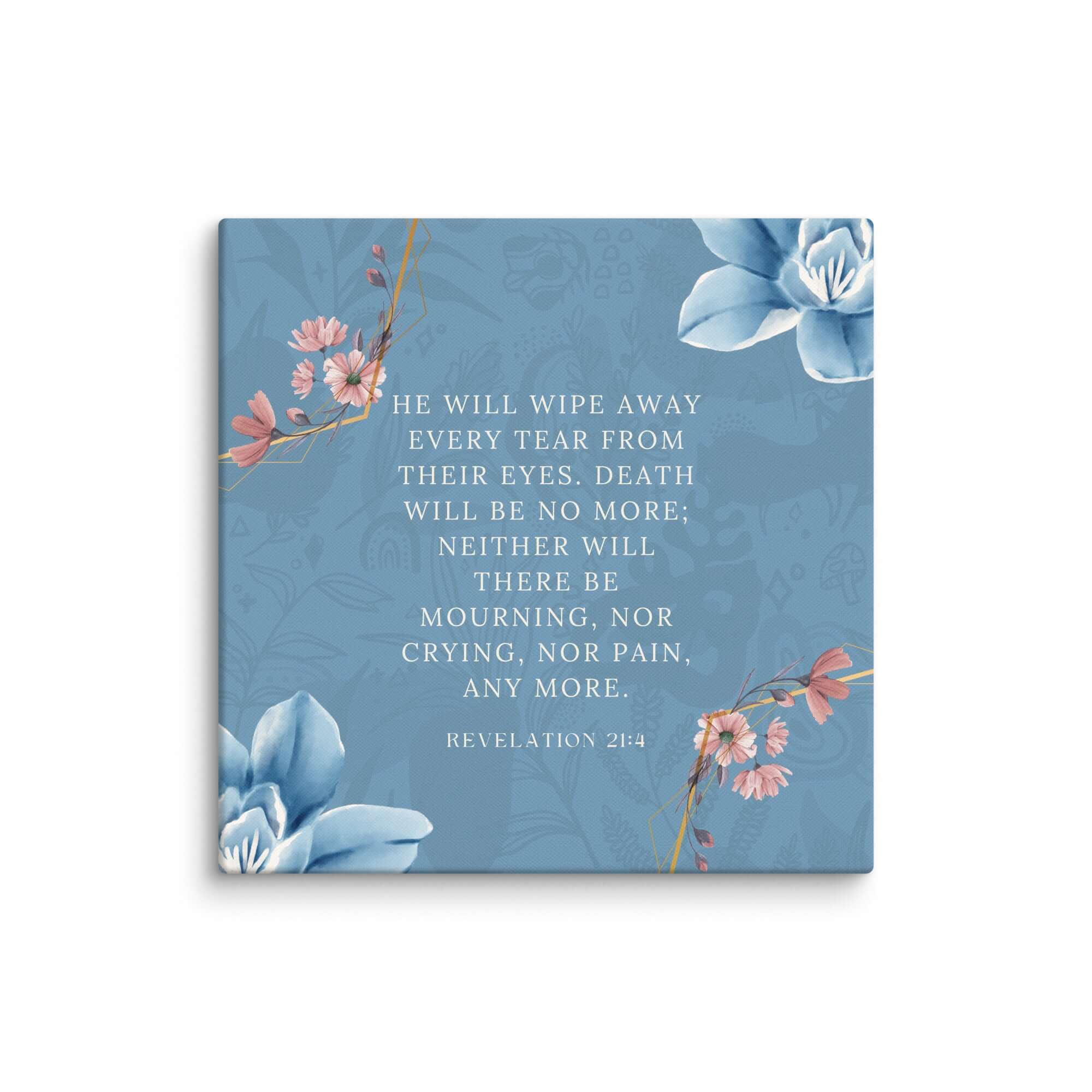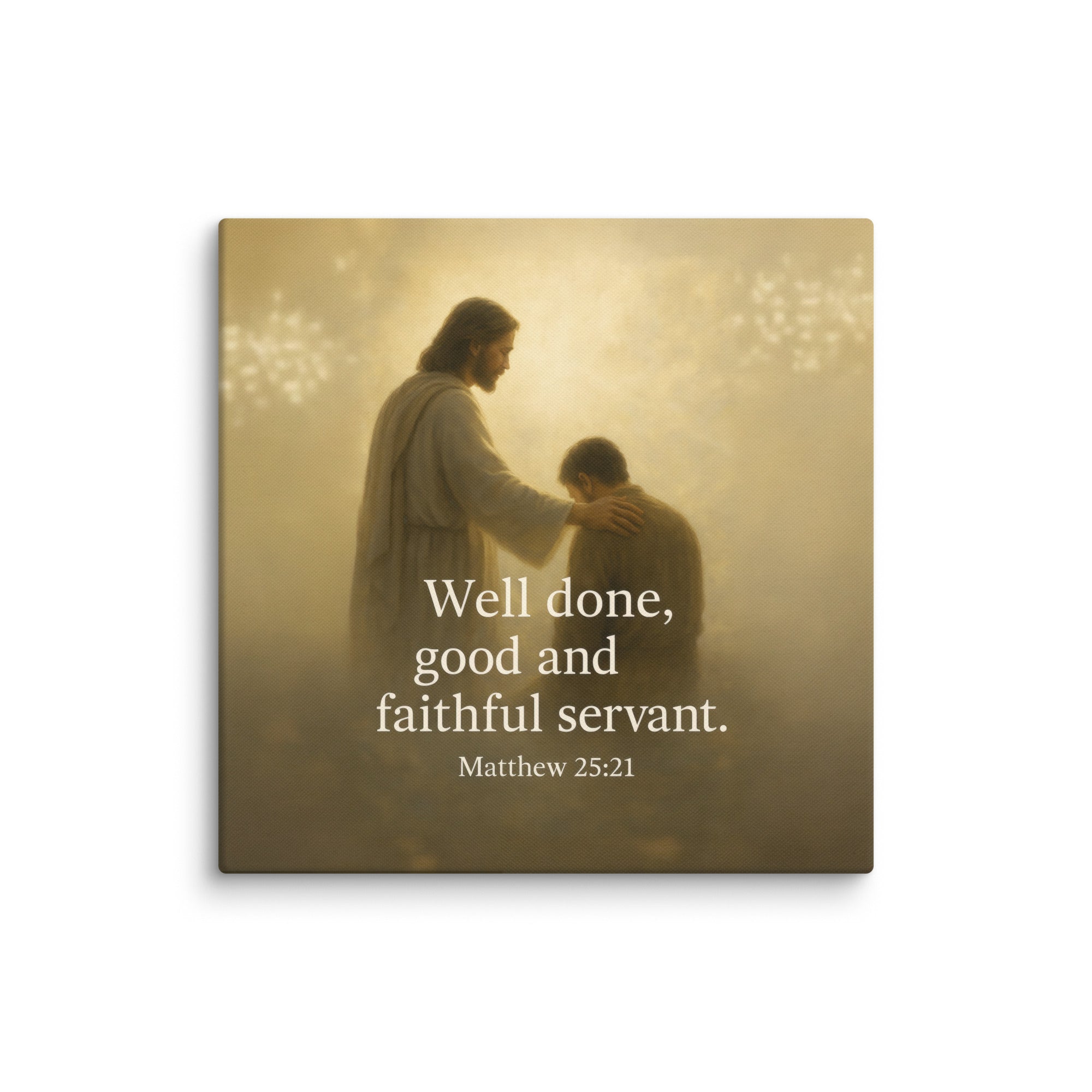Throughout the Bible, sackcloth is often mentioned as a symbol of deep sorrow, repentance, and humility before God. This rough, uncomfortable fabric was worn during times of grief, distress, and spiritual reflection. By examining its biblical significance, we can better understand how people in ancient times expressed their emotions and their relationship with God.
What Is Sackcloth?
Sackcloth was a coarse, rough material made from goat’s hair or other stiff fibers. It was similar in texture to burlap and was uncomfortable to wear. People would put on sackcloth as an outward expression of inner turmoil or repentance.
In addition to wearing it, people sometimes sat in ashes, covered themselves with dust, or even tore their garments as further signs of mourning or humility before God.
Sackcloth as a Symbol of Mourning
One of the most common uses of sackcloth in the Bible was as a sign of grief. When people lost loved ones or faced tragedy, they wore sackcloth to publicly display their sorrow.
Biblical Examples of Sackcloth in Mourning
-
Jacob Mourns for Joseph – When Jacob believed that his son Joseph had been killed, he expressed his grief with sackcloth.
“Then Jacob tore his clothes, put on sackcloth and mourned for his son many days.” (Genesis 37:34)
-
David and His Men – After hearing of Saul and Jonathan’s deaths, David and his men displayed their sorrow through their clothing and actions.
“Then David said to Joab and to all the people who were with him, ‘Tear your clothes and put on sackcloth and mourn before Abner.’ And King David himself followed the bier.” (2 Samuel 3:31)
-
The Ninevites’ Sorrow – The people of Nineveh, including their king, put on sackcloth when they repented after Jonah’s warning.
“The Ninevites believed God. They declared a fast, and all of them, from the greatest to the least, put on sackcloth.” (Jonah 3:5)
“When the news reached the king of Nineveh, he rose from his throne, took off his royal robes, covered himself with sackcloth, and sat in the dust.” (Jonah 3:6)
These examples show how people expressed their grief both personally and publicly.
Sackcloth and Repentance
Sackcloth was not only used in mourning but also as a sign of repentance. Wearing it demonstrated humility and a desire to seek God's mercy.
Sackcloth in Acts of Repentance
-
King Ahab’s Repentance – After hearing Elijah’s prophecy of judgment, King Ahab humbled himself before God.
“When Ahab heard these words, he tore his clothes, put on sackcloth and fasted. He lay in sackcloth and went around meekly.” (1 Kings 21:27)
-
Daniel’s Prayer for Israel – The prophet Daniel put on sackcloth and ashes as he prayed and fasted for the sins of Israel.
“So I turned to the Lord God and pleaded with Him in prayer and petition, in fasting, and in sackcloth and ashes.” (Daniel 9:3)
-
The People of Israel – After returning from exile, the Israelites gathered, wearing sackcloth and confessing their sins before God.
“On the twenty-fourth day of the same month, the Israelites gathered together, fasting and wearing sackcloth and putting dust on their heads.” (Nehemiah 9:1)
In these instances, sackcloth served as a powerful reminder of the need for a repentant heart before God.
Sackcloth as a Prophetic Warning
Prophets often wore sackcloth to visually demonstrate their messages. Their appearance served as a warning to the people about God’s coming judgment.
Prophetic Use of Sackcloth
-
Isaiah’s Warning – God told Isaiah to walk barefoot and wear sackcloth as a sign of humiliation and captivity for Egypt and Cush.
“At that time the Lord spoke through Isaiah son of Amoz. He said to him, ‘Take off the sackcloth from your body and the sandals from your feet.’ And he did so, going around stripped and barefoot.” (Isaiah 20:2)
-
Jeremiah’s Call to Repentance – Jeremiah urged the people to put on sackcloth and mourn because of impending destruction.
“So put on sackcloth, lament and wail, for the fierce anger of the Lord has not turned away from us.” (Jeremiah 4:8)
-
Revelation’s Two Witnesses – In the book of Revelation, two witnesses prophesy while wearing sackcloth, symbolizing mourning and repentance before God's final judgment.
“And I will appoint my two witnesses, and they will prophesy for 1,260 days, clothed in sackcloth.” (Revelation 11:3)
These passages show that sackcloth was not only a personal act but also a public declaration of God’s message.
The Spiritual Meaning of Sackcloth Today
Although wearing sackcloth is not a common practice today, its symbolism remains relevant. It reminds believers of the importance of humility, repentance, and sincerity in their relationship with God.
Lessons from Sackcloth
- True Repentance Requires Action – Just as biblical figures demonstrated their repentance outwardly, believers should show their sincerity through prayer, fasting, and a changed life.
- Mourning and Grief Are Part of Life – Even Jesus said, “Blessed are those who mourn, for they will be comforted.” (Matthew 5:4). Expressing sorrow is a natural and necessary part of faith.
- God Responds to a Humble Heart – In every instance where sackcloth was worn in repentance, God showed mercy and responded to the prayers of His people.
Sackcloth may be an ancient practice, but its meaning is timeless. It calls believers to approach God with humility and sincerity, knowing that He listens to those who seek Him with all their hearts.
























